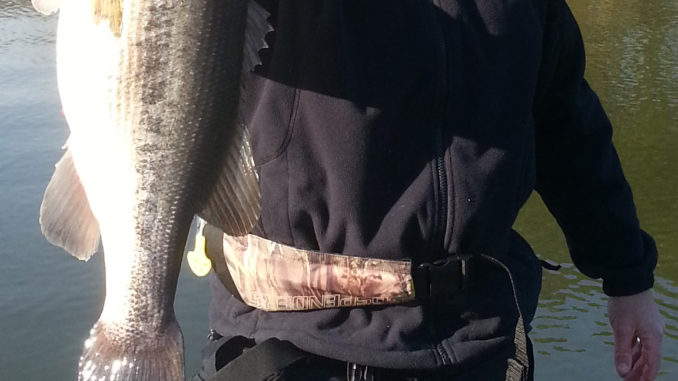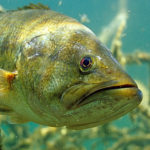
Make sure your bass releases are all healthy
A few months ago, I accidentally dropped a bass in the bottom of a dirty old johnboat at my favorite pond. I felt bad, as it was covered in sand when I let it go. Two months later, I took a friend and his son back to the same pond. Every fish we caught was beautiful — except one my friend’s son caught. It had sores all over it. I think it was the fish I dropped in the bottom of the boat.
That got me thinking about fish care. Obviously, you can’t avoid an accident or two, but you can do some things to avoid hurting fish.
Bass are a hardy species, able to withstand lots of punishment and water conditions, which is why they live nearly everywhere in the United States. That doesn’t mean we shouldn’t treat them with care.
With more and more fishing pressure, you have probably noticed lots of the fish you catch have signs of being caught before. Hook marks and sores as well as black spots can all be signs you were not the first to tangle with that bass. As a kid, I once caught the same bass five times in three days — at that time, I did not know why it kept hanging around the same sandy spot on the bottom.
This column is also inspired by watching fishing shows, where I cringe when I see guys sandwich bass between their blue jean-clad legs to keep them still while unhooking them. I hope all the fishermen out there do not think that is OK.
First, understand that the slime coat is the fish’s defense against infection. If you knock it off, you leave that fish susceptible to disease. It is commonly done by fishermen who know better, including myself. There are many ways we do this. Most of us release all the fish we catch, so let’s keep them healthy.
Here are some ways we commonly remove the slime coat of a bass:
Hitting the bottom of the boat.
Sliding them up the bank if catching them from shore.
Using a net (if you must, use a rubberized one).
Body grabbing with dry hands.
Making them stop flopping by supporting them in between knees.
Putting fish in a dry livewell.
We are all guilty of these things from time to time. It is our duty to protect fish so we can continue to enjoy them in the future.
While slime-coat protection is perhaps the most important, being careful while holding them by the lower jaw is also important. Have you ever caught a fish with a broken lower jaw? I have caught many like that. This can happen when we grab them by the lower jaw to get the hook out and put too much torque on it. It also happens if you hold a fish by the jaw and try to hold it horizontal instead of vertical. Use of fish-weight scales could also result in a broken lower jaw.
If you hook a fish deep in the throat, it is best not pull that hook out; just cut the line, and the hook will rust away in the water after time. If you hook one in the tongue — the worst spot to hook them — one tip I learned from years of tournament fishing is to pour citrus soda over the wound. The citrus clots the blood and stops the bleeding. I keep a bottle of Mountain Dew in the boat just for that.
None of us are perfect, but efforts to protect fish from unnecessary damage will enhance our fishing experience for years to come.





Be the first to comment